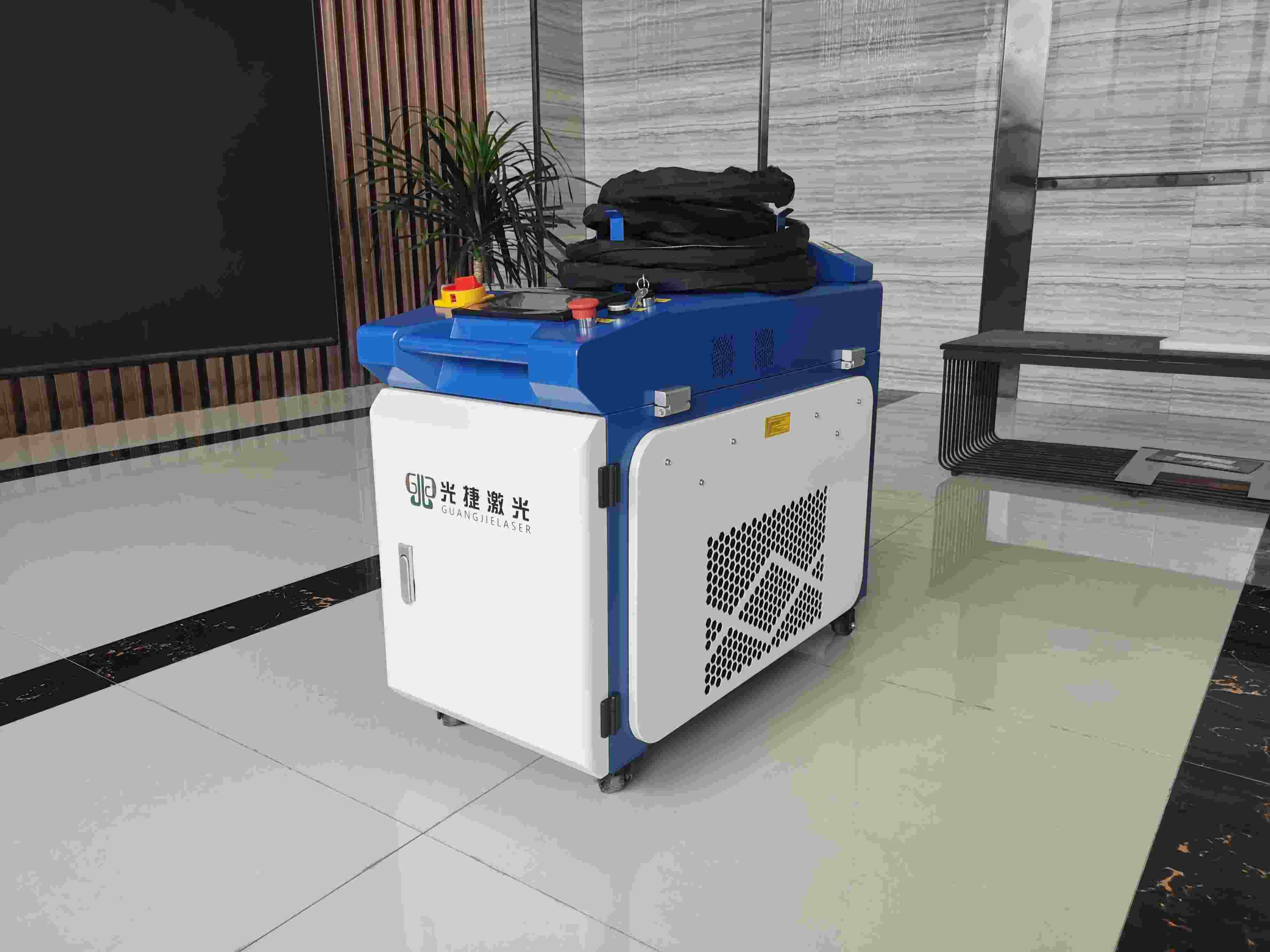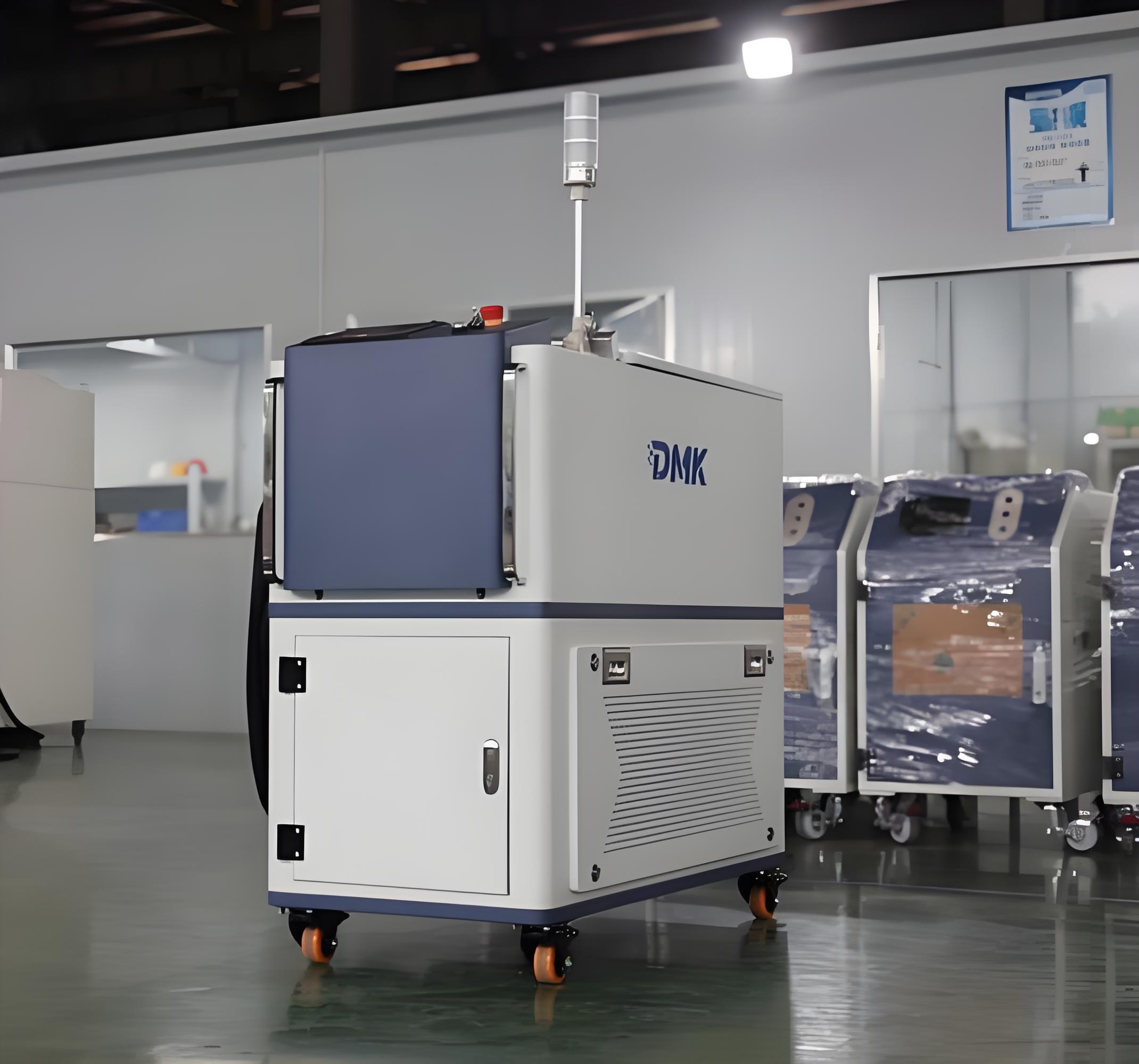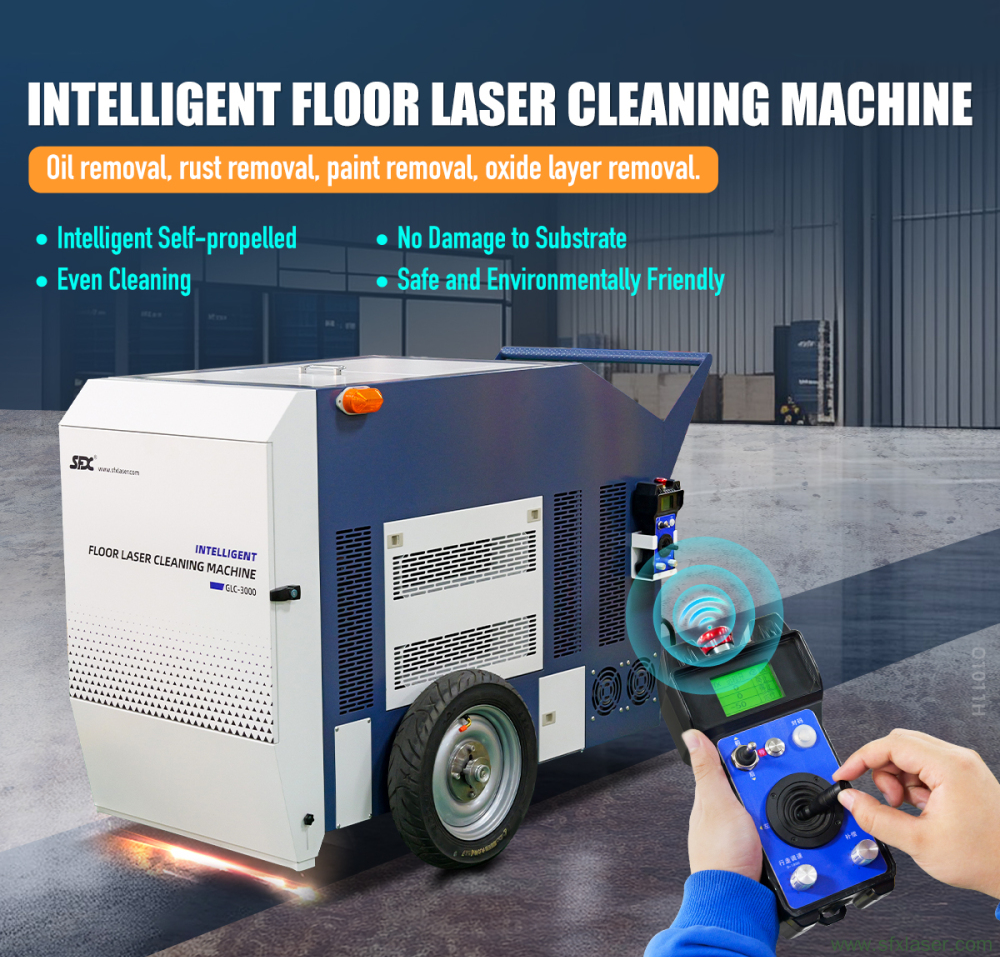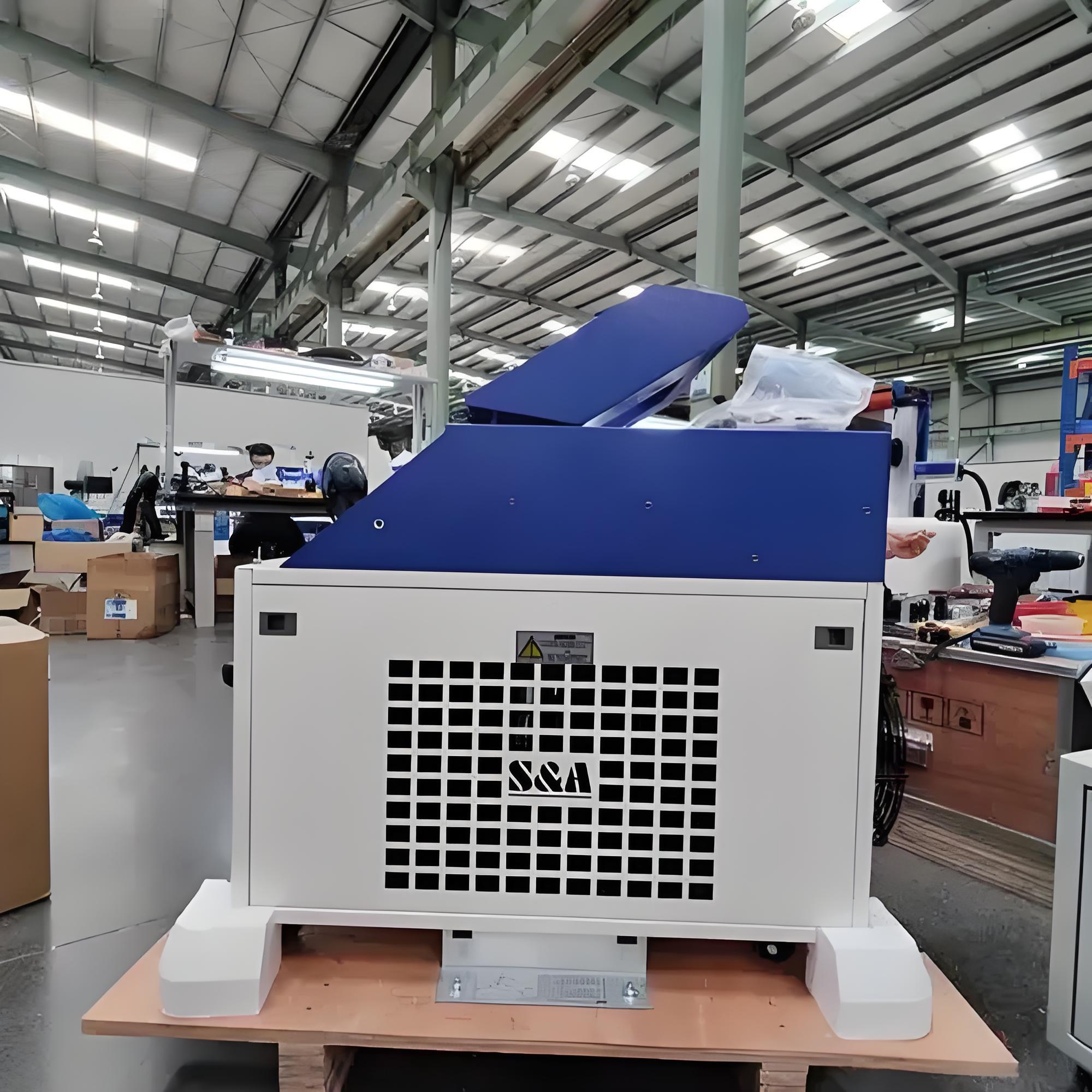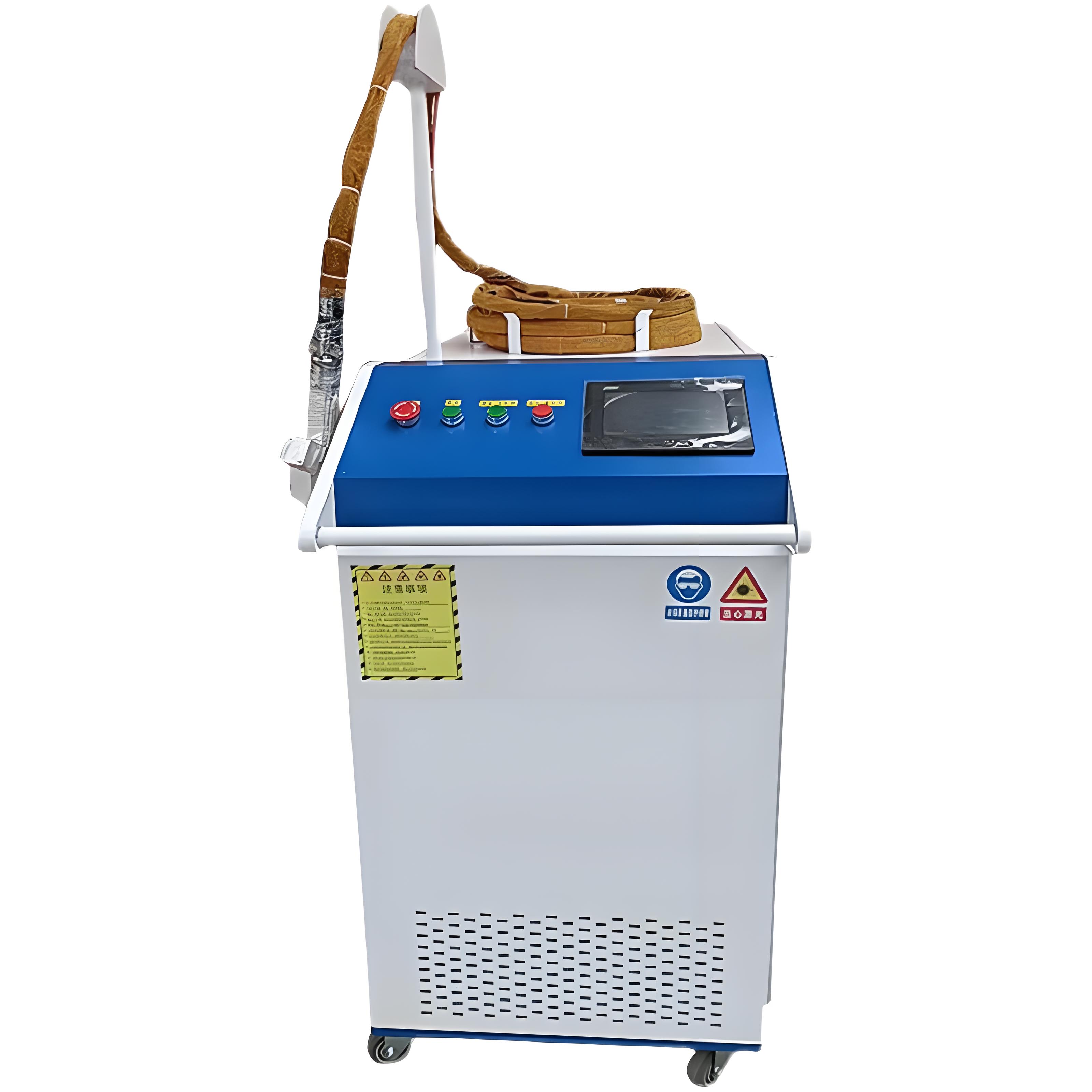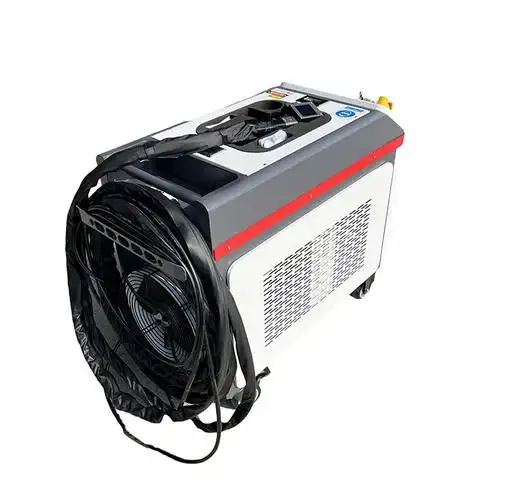Let me start with a story. Last month, a client called me in a panic. They’d just had a large steel storage tank cleaned with laser rust removal—amazing results, by the way; the before-and-after photos looked like magic. But a week later, they noticed small, scattered rust spots popping up on the surface. “Did we waste our money?” they asked. “Or is this normal?”
That call stuck with me. It’s a question I hear all the time: After laser rust removal, do you need to do more work? The short answer? It depends. But let’s unpack that properly. As someone who’s been in metal surface treatment for over a decade, I’ve seen clients skip secondary steps (and regret it) and others overdo it (wasting time and money). Let’s break down when, why, and how to decide.
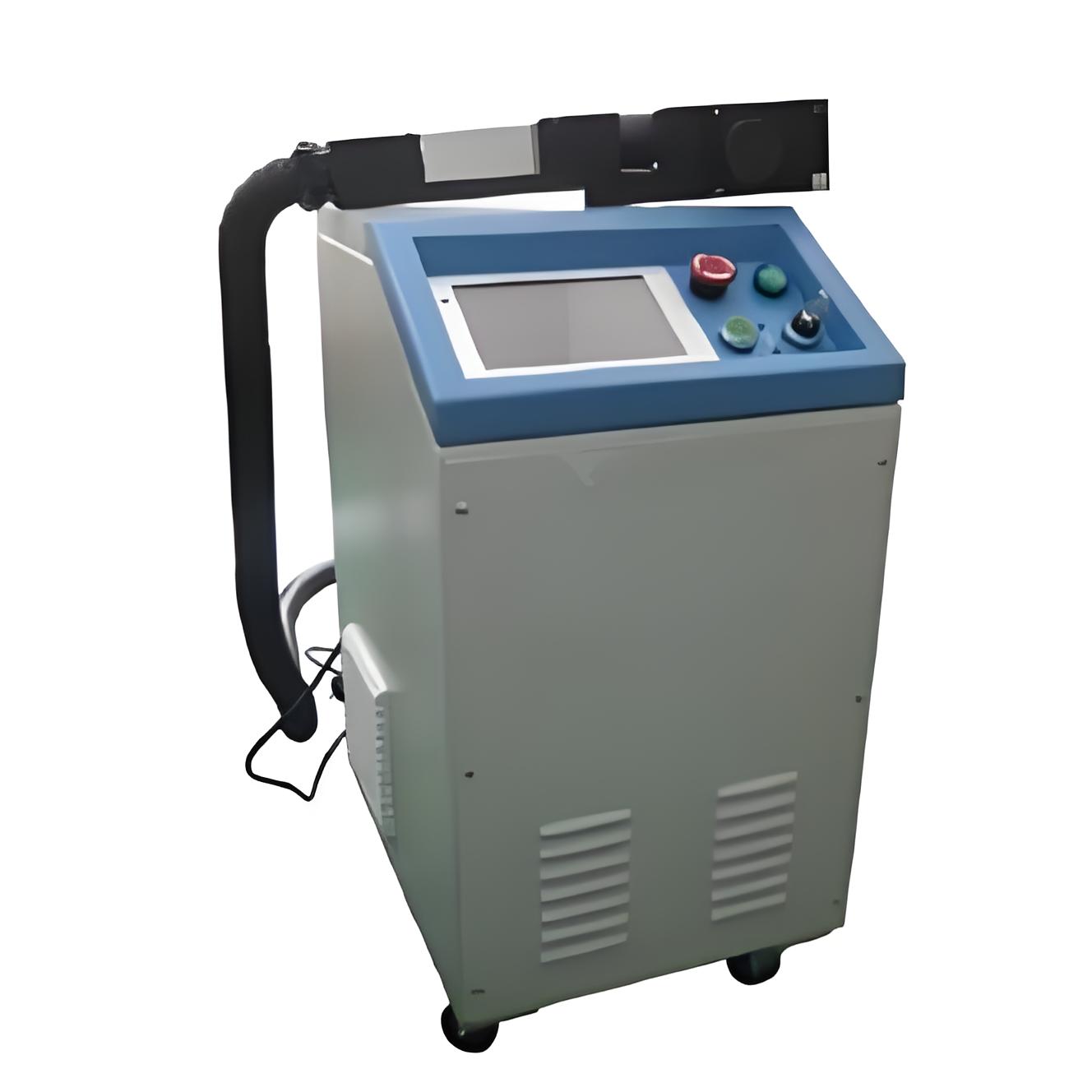
First, Let’s Recap: How Laser Rust Removal Works
Before we dive into “what comes next,” it helps to understand how laser rust removal works. Unlike traditional methods (grinding, sandblasting, chemical strippers), lasers use focused light energy to vaporize rust (iron oxide) without damaging the underlying metal. The heat from the laser breaks down the rust into iron atoms and oxygen gas, which either recombine into harmless iron oxide particles or are sucked away by a vacuum system.
The key here is precision. Lasers can target rust as thin as a few microns or deep into pitting, making them ideal for delicate or complex parts (think engine components, antique tools, or industrial machinery with tight tolerances). But even with that precision, rust removal isn’t always a “set it and forget it” process.
When Is Secondary Treatment Not Needed?
Let’s start with the good news: In many cases, laser rust removal is enough on its own. Here’s when you can stop after the laser:
1. Light Surface Rust (Category 1)
If the rust is only on the surface—no pitting, no penetration into the base metal—a single laser pass will often remove 100% of the corrosion. For example, a car’s hood that’s been parked outdoors for a year but still has a shiny, smooth base metal underneath. The laser vaporizes the rust, and the underlying steel is clean and intact.
2. Aesthetic Applications
If the goal is purely cosmetic (e.g., restoring a vintage bicycle frame or a decorative metal fence), and the rust was shallow, laser cleaning alone might leave a smooth, matte finish. No further treatment is needed unless you want to add a protective coating (more on that later).
3. Inert Environments
If the metal will be used in an environment with no exposure to moisture, chemicals, or oxygen (think sealed machinery in a controlled factory), the risk of re-rusting is negligible. For example, internal components of a hydraulic system that’s fully enclosed and never opened.
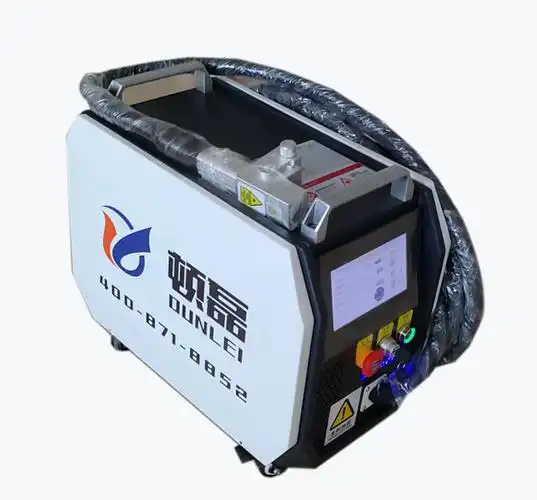
When Is Secondary Treatment Necessary?
Now, the more common scenario: Most industrial, structural, or long-term applications require at least some follow-up work. Here’s why. Even if the laser removes 99% of the rust, the remaining 1% can be enough to restart corrosion—especially if the metal is exposed to the elements. Let’s break down the key cases:
1. Deep Pitting or Structural Rust
Rust that’s eaten into the metal (pitting) leaves behind microscopic crevices. Lasers can target these areas, but residual rust particles often get trapped in the pits. Over time, moisture can seep in, react with the leftover iron, and cause the rust to regrow. In these cases, you need to physically remove that debris—usually with mechanical abrasion (like grinding or brushing).
2. Post-Treatment Coatings (Paint, Primer, or Galvanization)
Even if the laser removes all the rust, the metal surface is now “active”—freshly exposed iron can quickly oxidize again. To prevent this, most industrial applications require a protective coating (paint, zinc galvanization, etc.). The laser cleans the surface to ensure the coating adheres properly, but the coating itself is the secondary treatment.
3. Food, Pharmaceutical, or Marine Environments
These industries have strict hygiene or corrosion resistance standards. For example, a food processing tank needs to be not just clean, but sanitized. Even tiny rust residues could harbor bacteria or react with acidic foods. Similarly, marine environments (saltwater) are highly corrosive—even a pinprick of rust can turn into a hole in weeks. Here, secondary treatments like passivation (for stainless steel) or chemical rinsing are often mandatory.
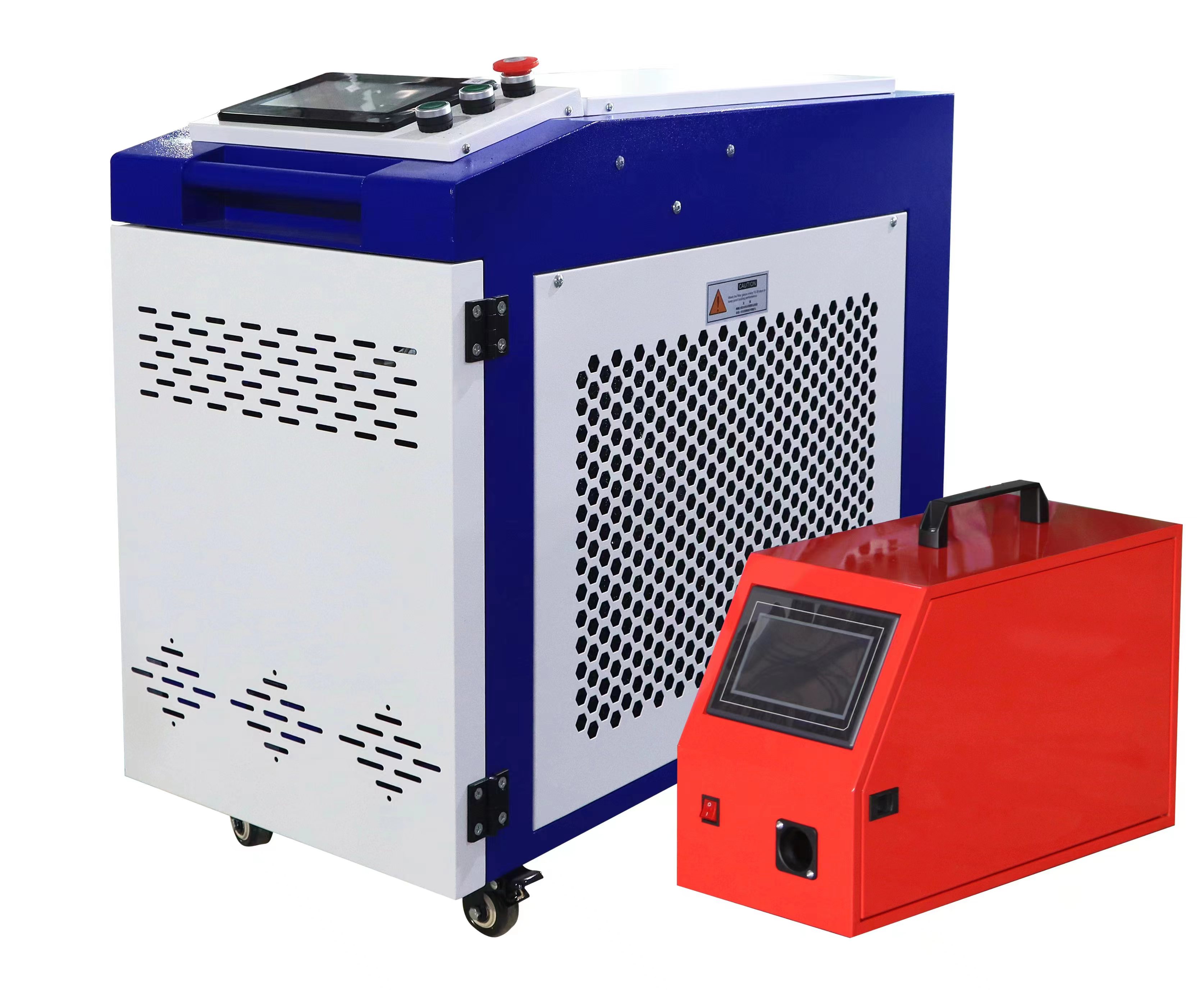
How to Decide: A Step-by-Step Checklist
To avoid over-treating or under-treating, use this simple checklist:
| Factor | Need Secondary Treatment? | Why? |
|---|---|---|
| Rust depth (shallow vs. pitting) | Shallow: No Pitting: Yes |
Pitting traps rust particles that can reignite corrosion. |
| Intended use (aesthetic vs. structural) | Aesthetic: Maybe Structural: Yes |
Structural metal needs long-term protection; aesthetics may only need cleaning. |
| Environment (dry vs. wet/marine) | Dry: No Wet/Marine: Yes |
Moisture/salt accelerates re-rusting; coatings or passivation are critical. |
| Post-treatment plans (coating, galvanization) | Yes (always) | Coatings adhere best to a clean, active metal surface; primers need a “key” to stick. |
What Are the Common Secondary Treatments?
If you’ve determined you need follow-up work, here are the most effective methods, depending on your needs:
1. Mechanical Abrasion (Grinding, Brushing, or Sandblasting)
Best for: Removing trapped rust in pitted areas or smoothing rough surfaces after laser cleaning.
How it works: A grinding wheel, wire brush, or abrasive media (like aluminum oxide) physically scrapes away residual rust and smooths the surface.
Pro tip: Use a light touch—over-grinding can damage the base metal or create new grooves where rust can hide.
2. Chemical Cleaning (Acid Pickling or Alkaline Rinsing)
Best for: Stainless steel, aluminum, or delicate metals where mechanical abrasion might scratch the surface.
How it works: A mild acid (like phosphoric acid for steel) or alkaline solution dissolves remaining rust or oxides. Phosphoric acid is particularly useful because it converts iron oxide into a stable phosphate layer, which actually prevents future rust.
Pro tip: Always rinse thoroughly afterward—chemical residues can cause corrosion if left behind.
3. Protective Coatings (Paint, Primer, or Powder Coating)
Best for: Almost all structural or outdoor applications.
How it works: A coating acts as a physical barrier between the metal and moisture/oxygen. Epoxy paints, zinc-rich primers, or powder coatings are popular choices.
Pro tip: Choose a coating rated for your environment (e.g., “marine-grade” for saltwater).
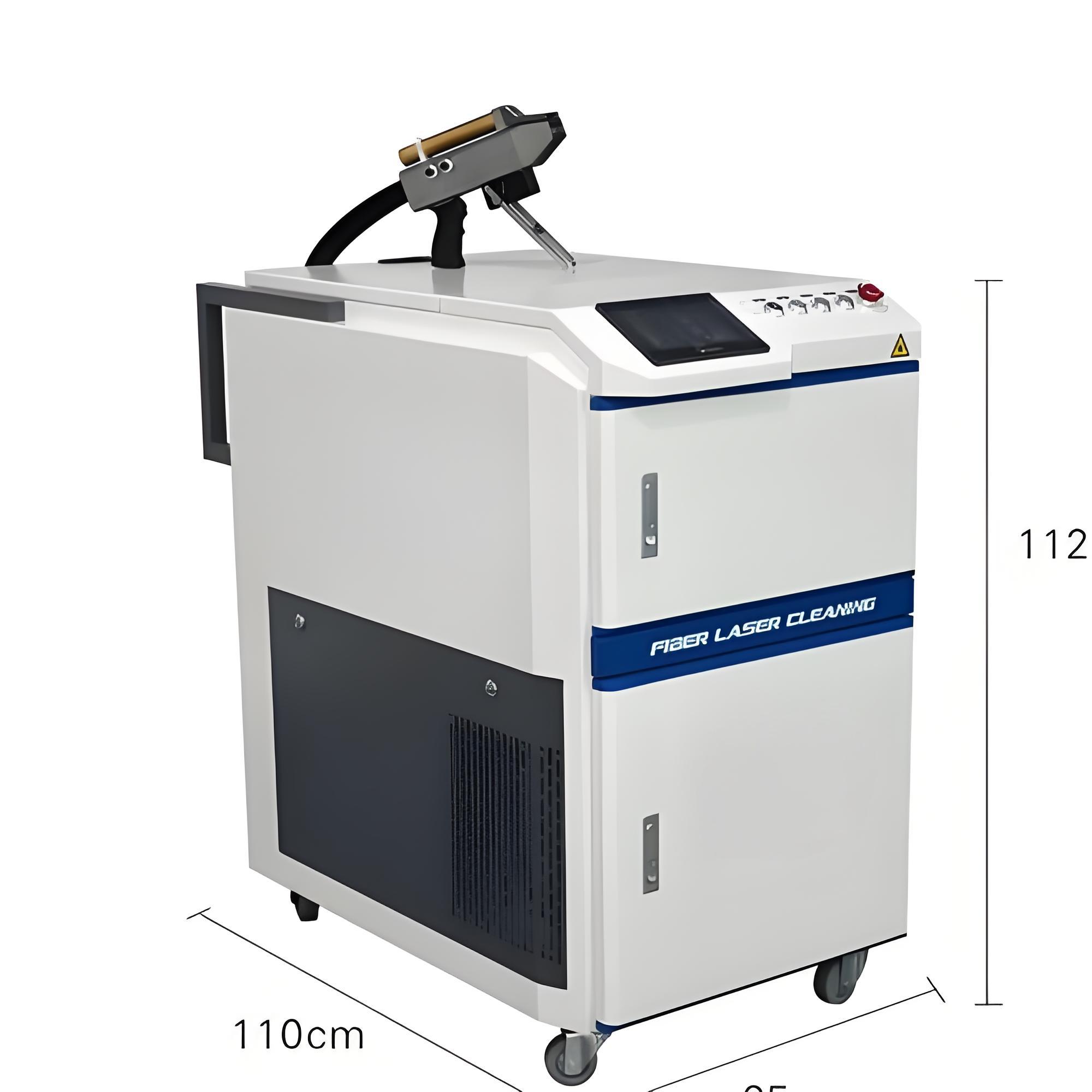
4. Passivation (For Stainless Steel)
Best for: Stainless steel, which naturally resists rust but can develop “free iron” contaminants during laser cleaning.
How it works: A nitric or citric acid bath removes free iron, enhancing the metal’s natural chromium oxide layer (its main defense against rust).
Real-World Example: Restoring a Farm Tractor Frame
Let’s put this into context. A client had a 30-year-old tractor frame with heavy rust—they wanted it restored for a vintage show. We used laser cleaning to remove the surface rust, which looked great. But when we inspected under a microscope, we saw micro-pitting (tiny rust pockets) in the thicker sections. Left untreated, those pockets would have re-rusted within a year.
We opted for mechanical brushing to remove the trapped rust, followed by a zinc-rich primer and a topcoat of epoxy paint. Three years later, the frame is still rust-free. Without the secondary steps, that wouldn’t have been the case.
Common Myths About Laser Rust Removal
Before we wrap up, let’s debunk a few myths I hear often:
Myth 1: “Laser cleaning is permanent.”
False. Lasers remove rust, but they don’t make metal “rust-proof.” The base metal is still vulnerable unless protected.
Myth 2: “If it looks clean, it’s done.”
False. Rust can hide in microscopic cracks or under surface coatings (like old paint). Always inspect with a magnifying glass or microscope.
Myth 3: “Secondary treatment is expensive.”
Not necessarily. Simple brushing or a quick chemical rinse can cost less than $50 for a small part. Skipping it could cost thousands in repairs later.
Final Thoughts
So, does laser rust removal need secondary treatment? Usually, yes—but it depends on your specific situation. Use the checklist above to assess your needs, and remember: the goal isn’t just to remove rust—it’s to prevent it from coming back.
As an industry pro, I always tell my clients: “Think of laser cleaning as the first step, not the last.” A little extra work upfront saves a lot of headaches down the line.
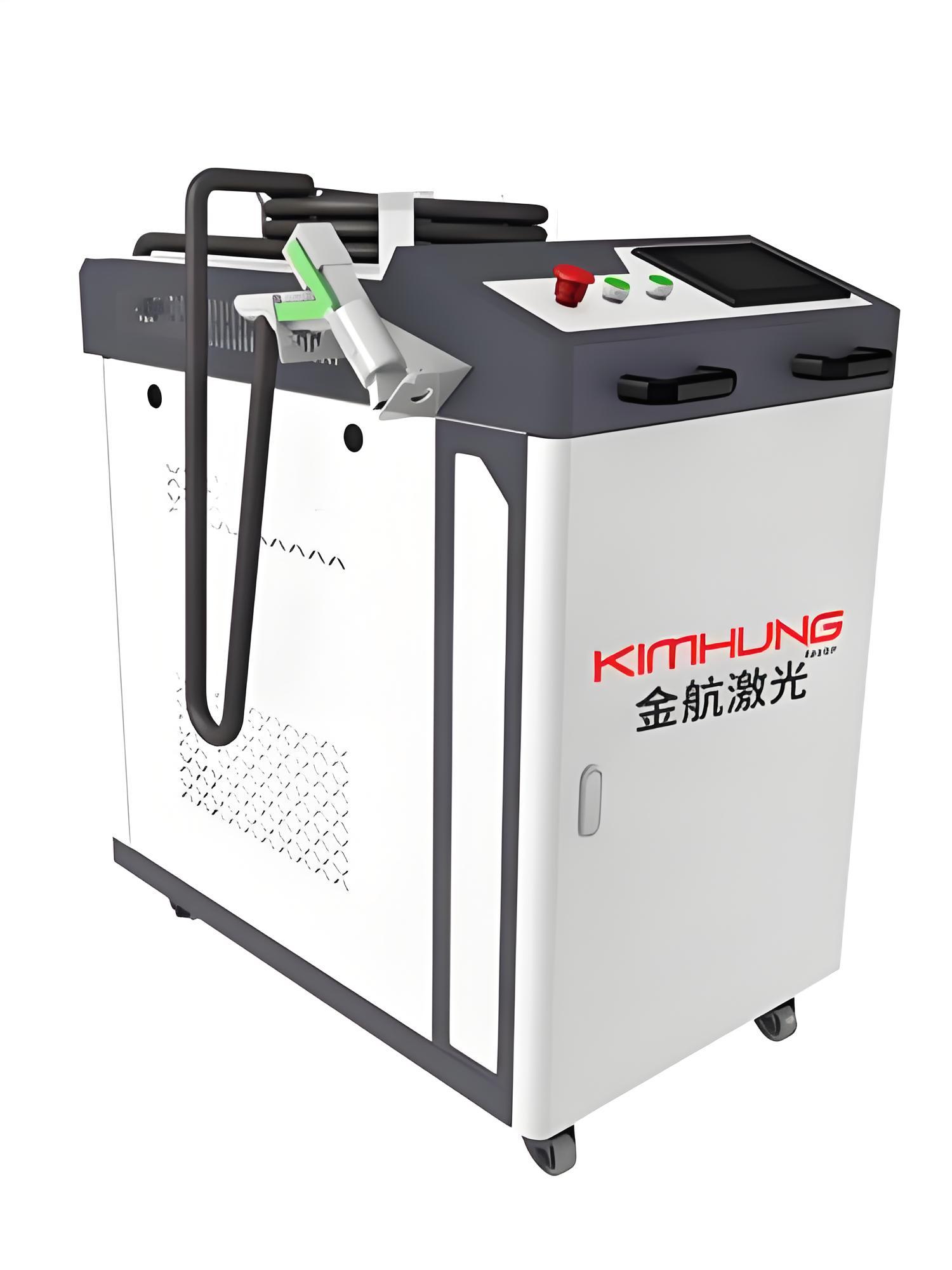
FAQs About Laser Rust Removal and Secondary Treatment
Q: Can I skip secondary treatment if I use a high-quality laser?
A: Even the best lasers can leave residual rust in pitted areas. Secondary treatment acts as insurance—especially for structural or long-term use.
Q: Is chemical cleaning safe for aluminum?
A: Yes, but use an alkaline solution (not acid) to avoid damaging the oxide layer that protects aluminum.
Q: How do I know if my metal needs passivation?
A: If it’s stainless steel (304, 316, etc.) and was exposed to contaminants during laser cleaning, passivation is recommended to restore its corrosion resistance.
Q: Can I do secondary treatment myself?
A: For simple tasks like brushing or applying primer, yes—with proper safety gear (gloves, goggles). For complex jobs (acid pickling, industrial coatings), hire a professional.
Q: Does secondary treatment affect the laser’s work?
A: No—if anything, it enhances it. Coatings or passivation work best on a clean, active metal surface cleaned by the laser.

